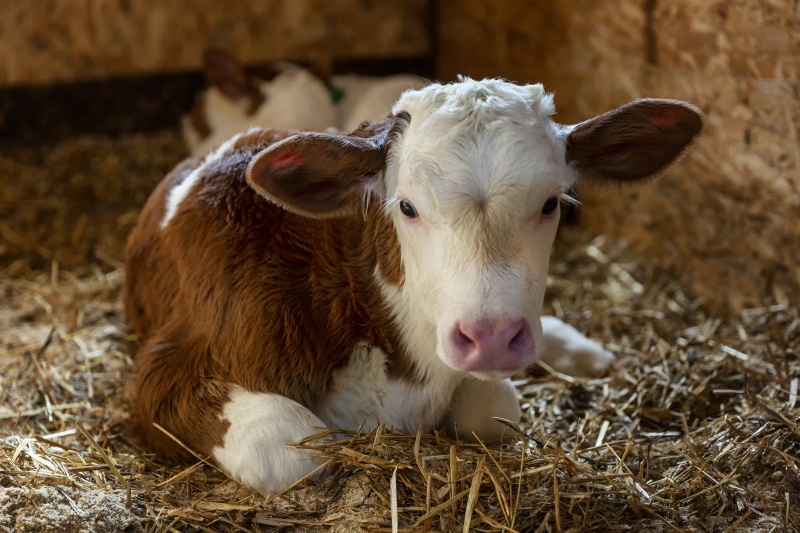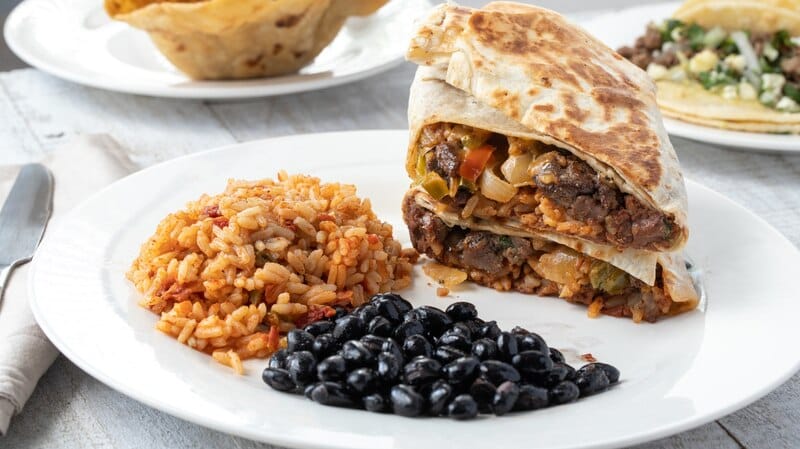According to the findings of a recent study, adults who consume a diet that is high in fiber and low in animal protein have a lower level of antibiotic-resistant bacteria in their guts.
According to a study that was published by scientists from the Agricultural Research Service in the scientific journal mBio, healthy adults who consume a diet that is high in fiber and contains at least 8 to 10 grams of soluble fiber per day have fewer antibiotic-resistant bacteria, viruses, and fungi in their guts. This phenomenon is also known as antimicrobial resistance (AMR).
A significant contributor to antimicrobial resistance in people is the microbiome of their gut, which contains microorganisms that are known to possess genetically encoded survival strategies to withstand the effects of antibiotics. In addition, microorganisms that are resistant to antibiotics that are typically administered, such as tetracycline and aminoglycoside, put people at a greater risk of contracting an infection.
The researchers noted that diet is a powerful method for shaping the human gut microbiome and maybe a tractable method for lessening antibiotic resistance. Even though little is known about the relationship between diet and AMR, the researchers noted that diet is a powerful method for shaping the human gut microbiome. The purpose of the study was to seek precise connections between the levels of antibiotic resistance genes in the microorganisms of the human gut and both the amount of fiber and animal protein than adults consume in their diets.
They did this by examining this relationship in 290 healthy individuals who contained various abundances of antibiotic-resistant genes. What they discovered was that individuals who consumed diverse diets that were high in fiber and low in animal protein had fewer antibiotic-resistant genes than those who consumed diets that were low in fiber and high in animal protein.
Danielle Lemay, who led the study and is a research molecular biologist at the ARS Western Human Nutrition Research Center in Davis, California, said in a statement that the findings of the study “lead directly to the idea that modifying the diet has the potential to be a new weapon in the fight against antimicrobial resistance.” “And we’re not talking about eating some foreign diet either. What we’re talking about is eating a diverse diet that’s appropriate in fiber, which is something that some people in the United States currently do.”

Eat a diet rich in vegan fiber and less animal protein.
The researchers discovered that a significant correlation existed between regularly consuming a diet that contained higher levels of fiber and lower levels of animal protein, particularly from beef and pork, and lower levels of antimicrobial resistance genes (ARG) among the participants’ gut microbes. The participants in the study who had the lowest levels of ARG in their gut microbiomes also had a greater abundance of strict anaerobic microbes. Strict anaerobic microbes are bacteria that do not thrive when oxygen is present. These microbes are a hallmark of a healthy gut that has low levels of inflammation.
According to the findings of the study, the amount of animal protein consumed in the diet was not a primary factor in determining high ARG levels. However, the evidence suggested that lower levels of ARGs were associated with diets that contained greater quantities of soluble fiber. This association received the most support.
The majority of plant foods, such as grains (like barley and oats), legumes (like beans, lentils, and peas), seeds (like chia seeds), and nuts, as well as certain fruits and vegetables (like carrots, berries, artichokes, broccoli, and winter squash), contain soluble fiber, which is a type of fiber that dissolves in water. Soluble fiber is the primary type of fiber found in plant foods.
According to Lemay, “it was surprising that the diversity of the diet was the most important predictor of low levels of ARG.” This was true even more so than fiber intake. This suggests that for the greatest benefit, we may want to eat foods that come from a variety of different sources and tend to have a higher concentration of soluble fiber. Persons who had the highest levels of ARG in their gut microbiomes were found to have much less diverse gut microbiomes when compared to groups with low or medium levels of ARG. This was discovered at the opposite end of the data spectrum from the people who had low or medium levels of ARG.
With these findings, the researchers suggest that a separate study that prescribed a particular diet for participants would allow for better comparisons and allow for further findings relating to dietary interventions that may be useful in lessening ARG and discovering how nutrition can reduce the risk of antibiotic-resistant infections. These findings suggest that a separate study that prescribed a particular diet for participants would allow for better comparisons and allow for further findings related to dietary interventions that may be useful in less According to Lemay, “our foods supply nourishment for the bacteria that live in our guts.” All of this points to the fact that the foods we consume might be a solution to the problem of antibiotic resistance by altering the microbiome of the gut.

Animal agriculture has been connected to antibiotic resistance.
The findings of this study are significant because researchers anticipate that AMR will become even more widespread over the next few decades, posing a significant risk to the health of people all over the world. The use of antibiotics in livestock production is one of the factors that contribute to the rise in antibiotic resistance. A study that was conducted in 2019 and published in the journal Science found that the meat industry uses 73% of the world’s available antibiotics. Additionally, the study found that antibiotic resistance in animals that are used for food around the world has nearly tripled since the year 2000.
For the purpose of the report, researchers from ETH Zurich, the Princeton Environmental Institute, and the Free University of Brussels examined nearly 1,000 publications and unpublished veterinary reports. They came to the conclusion that antibiotics used to treat food animals in developing nations for bacterial infections have become largely ineffective between the years 2000 and 2018. These antibiotics failed more than half of the time in forty percent of chickens and one-third of the time in pigs.
According to the findings of the paper, “the portfolio of antimicrobials used to produce animals for food is fast getting depleted, with substantial ramifications for the health of animals, the livelihoods of farmers, and possibly for the health of human beings.”

The many benefits of a vegan diet
This new study adds to the growing body of data showing diets high in plant-based foods are better for health overall, especially for the health of your gut. In the first study of its kind, which was published in the journal “Foods” and reviewed by experts in the field, researchers found that plant-based meats have a beneficial effect on intestinal health. The randomized and controlled real-world study found that people who ate just five plant-based meals per week rather than meat-centric dishes experienced an increase in the levels of a group of bacteria that produce butyrate, a fatty acid that promotes good digestive health and lessens inflammation to protect against disease. The study was conducted on consumers who ate just five plant-based meals per week rather than meat-centric dishes.
Miguel Toribio-Mateas, the lead researcher from the School of Applied Sciences at London South Bank University, said in a statement that “this study is ground-breaking as it is the first to indicate a direct correlation between plant-based meat offerings and changes in gut bacteria consistent [with] better gut health outcomes.” “This study is ground-breaking as it is the first to indicate a direct correlation between plant-based meat offerings and changes in gut bacteria consistent [with] better gut health outcomes.” “The primary aspect that is driving these changes is the nutritional value of the products that are offered by Meatless Farm. Most particularly, the high fiber content and phytonutrients that are found within these products, as well as the role that they play in the creation of butyrate.”








